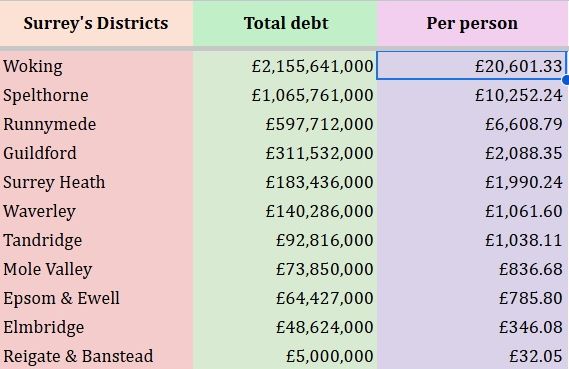3rd September Helen Maguire, Liberal Democrat MP for Epsom & Ewell, spotlighted in a Parliament debate a pressing local frustration: pavement parking.
A Daily Struggle on Our Footpaths
Maguire painted a vivid picture of everyday life here in Epsom & Ewell—where pavements are meant to be safe, shared spaces, but too often become obstacles.
According to Guide Dogs UK, four out of five blind or partially sighted people report difficulty walking on pavements at least once a week, and 95% have been forced onto the road because vehicles encroach even slightly. For wheelchair and mobility scooter users, this alarming figure leaps to 99%. Even parents aren’t spared: 87% say they’ve had to step into the road, and 80% would walk their children to school more often if pavements weren’t blocked.
Maguire also revealed a telling local anecdote: on one evening alone, a constituent counted 23 mopeds and motorbikes cluttering a pavement, forcing people into traffic and weaving in and out unpredictably. It’s these small moments that undermine our sense of safety—and, by extension, our freedom.
The Patchwork of Laws
Here’s the head-scratcher: pavement parking is banned in London (for fifty years) and across Scotland unless your council specifically says otherwise. But elsewhere in England, the rule is reversed: it’s allowed unless a Traffic Regulation Order (TRO) is put in place—a long, expensive local process.
Driving onto pavements is already illegal under Section 72 of the Highways Act 1835—but, as Helen pointed out, few people even know the finer points of the law. One survey found just 5% of drivers understand all aspects.
A Consultation Left Hanging—and Growing Frustration
It’s now nearly five years since the government ran a consultation titled Pavement parking: options for change, which closed in November 2020. It proposed everything from simplifying the TRO process to introducing a national default ban—but still, there’s been no government response or action. Helen called on ministers to act before the consultation’s fifth anniversary rolls around this autumn.
Lessons from Closer to Home—and Farther Afield
London and Scotland show what’s possible: clearer rules, better enforcement, safer walking spaces. In Scotland, since the Transport Act 2019 came into force, councils have issued thousands of fines—raising almost £1 million in the process, with Edinburgh alone accounting for around £441,000, and showing that civil enforcement works.
Meanwhile, in England, research from Guide Dogs underscores the human cost—injuries, forced urban detours, isolation—and Living Streets found that 65% of drivers admitted to pavement parking, while 43% had done so in the past six months.
What It Means for Epsom & Ewell
For our residents—those with visual impairments, mobility challenges, parents with prams—the pavement should be a path to independence, not a blockade.
Maguire’s plea is clear: she wants a national default ban on pavement parking—one that gives the police and councils clarity, hones enforcement, and safeguards community spaces.
What Could Come Next?
- A national ban as the starting point, with councils able to allow exceptions where needed.
- Proper powers for civil enforcement—think PCNs—not just confusing laws in dusty books.
- A public campaign: educating drivers, building understanding, reducing dangerous impromptu parking.
- Local upgrades to pavements: smoother, wider, safer—so more of us feel confident walking around Epsom & Ewell.
Related report:
Epsom High St in need of more love?
Deliveroo drivers outside McDonalds Epsom

